A couple of months ago I decided to switch from Digital back to Analog Film Photography for my personal work. And I did not regret it. A lot of people have asked me why going back to something, which is expensive, old fashioned and outdated?
The truth is: Film is not outdated. Film is still the reference for many Professionals. And in the Film Business, especially in Hollywood, very well known DOPs and Directors are still shooting on Film. I can understand this. Color Science, Highlight rolloff, simply the whole look and feel of Film is way different than Digital.
Sure, in the right hands and with the correct post production house you can make an Alexa Image nearly look like film and there are many Plugins and Presets for Lightroom and other Plattforms out on the market, which can achieve a very close result. Just to name two: VSCO for Still Photography and Filmconvert for Moving Images. But it’s still not real, it’s close, but there is still a difference to me. I’m not talking about the final image, it’s the whole magic process when you are shooting on Film. There is a reason why so many people are going back to Film Photography for their personal work. And trust me, shooting on Film will help you to improve your skills and attitude.
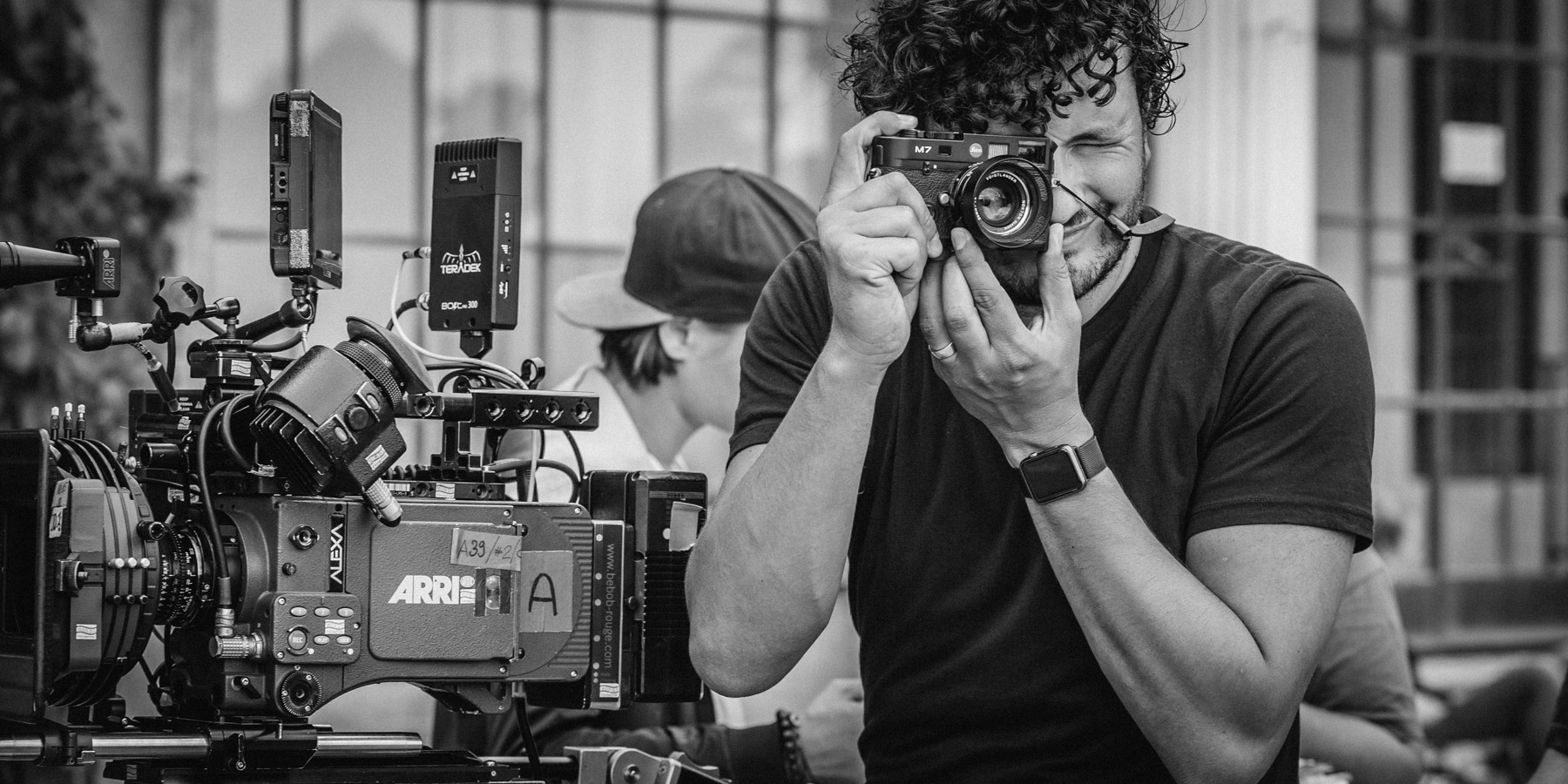
More selective when taking stills
Film is expensive. You only have 36 shots on Normal Film and 12 shots on a Medium Format camera like a Hasselblad. Every photo costs you roughly 50 cents. Knowing this makes you selective and concentrated. You take more care about framing, composition and the correct exposure of your shots. I know the times when I shot digital, especially on my Nikon D800. Just click the shutter and take 10 stills in a row. But this is photography? I love shooting with my Leica M7. Now I take one still of a composition and that’s it for me. After I scanned the Negatives I only have a few stills to look at and the general composition quality of my images is way better compared to my Digital ones. The quantity of your photos isn’t as important as the quality.
Leica M7 – Kodak TRIX 400
Less gear - more creativity
What is your favorite camera? It’s the one in your pocket, which travels with you all the time and your finger will be on the shutter, when the right moment is in front of you. The best work I did was with minimal setup. Too much gear disctracts your craft. Just concentrate on the basics. One camera, one lens. It’s all you got. The rest is your creativity.
When shooting on a Film Camera you don’t care about sensor size, pixels, resolution. In the digital Age cameras are outdated within a few years, taking stills on a Film Camera means you are more relaxed. There isn’t something new coming out, it’s here. The only thing which can be better with time is your craft, not the Dynamic Range of your new Sensor.
Leica M7 – Kodak Portra 400
What you see is what you get forever. Later.
Taking stills, going to the lab, waiting a few days for the Film Negative. When shooting Film you really don’t know what you get. It’s different in so many ways compared to Digital. Patience in our fast world is the key word. The final moment, when you are scanning your Negatives and you can see the Magic of Film really catches me every time. You just have to trust your skills when shooting on Film.
The biggest advantage for me is my Negative Archive. It’s complicated in the Digital Age with so many files. You need so many hard drives and you are not sure if your backups are still working in 10 years because of Hard Drive failures. Sure, I’m doing more than one backup, but who knows. Film is real. It’s in your hand. It will be here forever.
Hasselblad 500 cm – Kodak T-Max 400
The original Film Look
When taking Analog Stills I’m really pleased about the overall color science of Film. It just looks good. Nothing more to say. Grain, Skin Tones, Highlight Rolloff, Latitude. And with the right film in your camera you can get your favorite look directly out of the camera. No more Lightroom Presets, no more Post Processing. Just scan your Negative and that’s it.
My favorite Films are Kodak Portra, Trix and T-Max. They are also available as Medium Format Film. After the name of the Film you can read a number, like 120, 400, 800. This is the ASA of the film, so take care about this when you expose your composition. I’m mostly using 400 ASA film – It’s my standard ASA. But there are times when I’m also using 120 ASA film, especially on a bright daylight scenery. The Leica M7 fastest shutter is 1,000, so 120 ASA film is the choice, if you would like to achieve a more shallow depth of field. Otherwise you have to use Neutral Densitiy Filters for a full wide open look.
Kodak Portra 400
Back to the Essentials
Reduce everything to a minimum. Two rolls of Film in your pocket, one Camera and a Prime Lens. Less gear always means more creativity. Outside the box thinking. See the light, take your time, make your composition, set your exposure, focus and get your shot in the right moment.
Film sharpens your sense. You are more selective what you are shooting and how you are shooting. Most of you know the essentials, but it’s still a different feeling when you have to set your Shutter Speed, F-Stop and ASA fully manual.
Kodak Trix 400
Conclusion
I think everybody should try Analog Film. Once in a lifetime. At least. It’s a magic process and anyone involved in the creative world of Photography and Filmmaking should at least shoot one roll of Film. Trust me, it won’t be the last roll.
Do I only shoot Film? No. I’m still using my Digital Still Cameras. When I’m on Location Scouting my Fuji X100T is always in my bag. A nice little camera, which has a lovely Color Science.
For me personally Analog Film was a learning process. Needless to say I’m working in full manual mode with our Digital Film Cameras on set, but it’s nothing you can compare with Film. With Digital you can see what you get on the monitor, when working with LUTs it’s also possible to see the final picture directly on set.
I understand Directors or DOPs who are missing the time of 35 and 16mm Film. Of course they are nostalgic, but they also love the magic process of Filmmaking like it was in the older days. They used this format for decades and now everything has to be digital? It’s sharper, it’s more light sensitive and I hear many experienced DOPs who have to use light way different compared to Film. Digital is not forgiving, it’s showing you directly and without compromise the harsh blown out areas of your image, if your exposure and lighting wasn’t correct. Film is different, Highlights are kind of glowing and there is a softer rolloff. The emotion on each frame you shot is different. I know there is very little chance that I’m shooting on 35mm Film in my career, but for my personal work I can use Analog Film for my Photography, which helps me to understand the hidden secret behind Film.

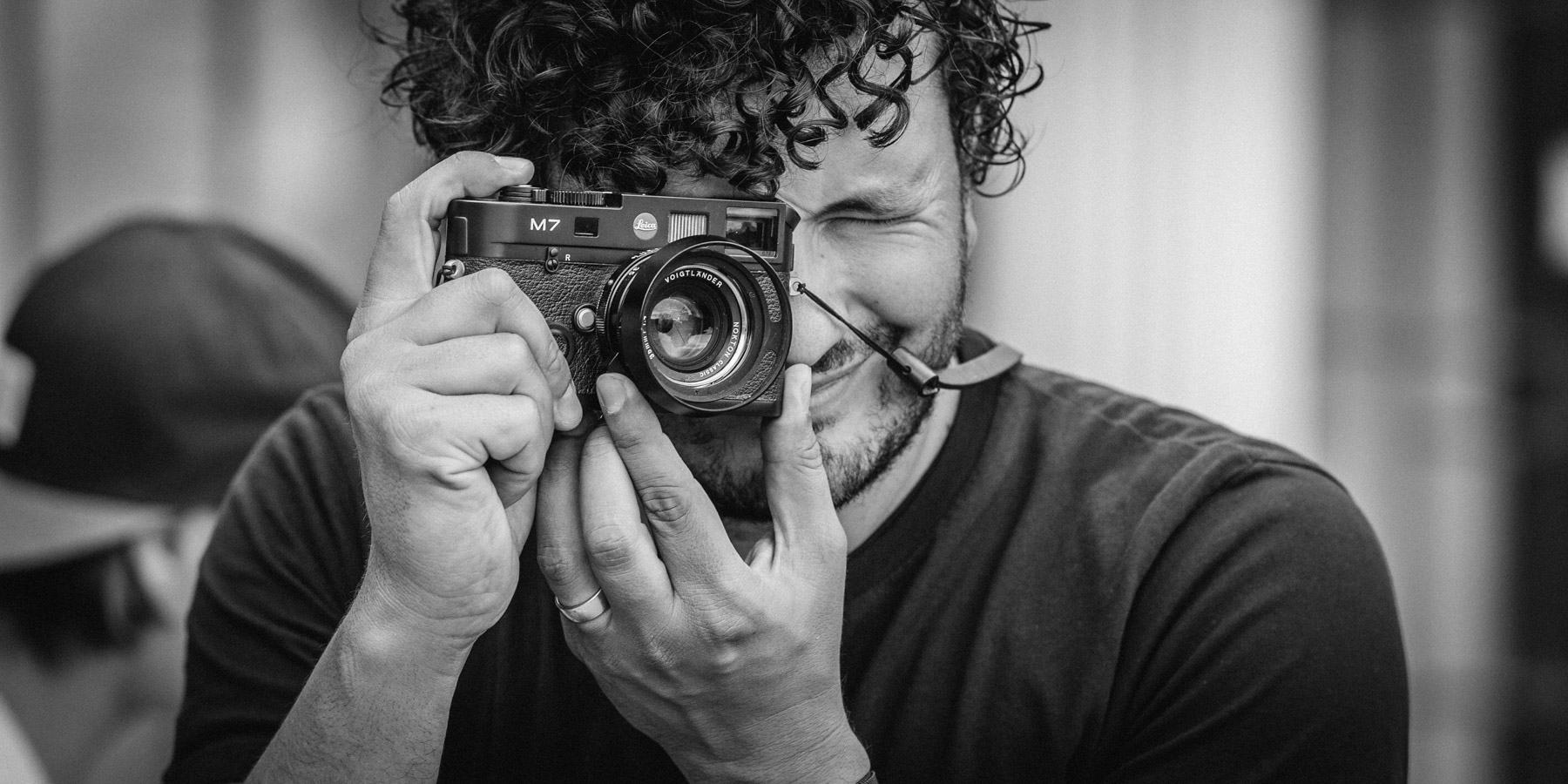
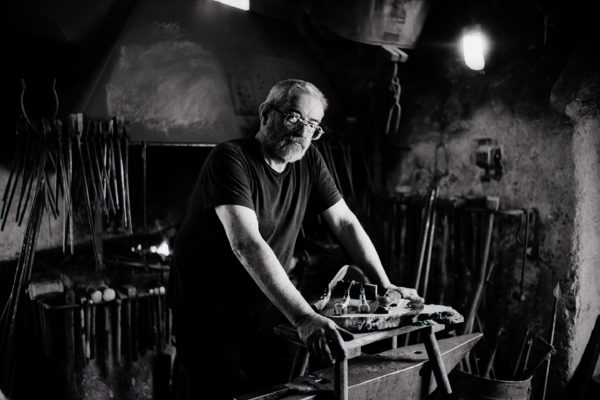
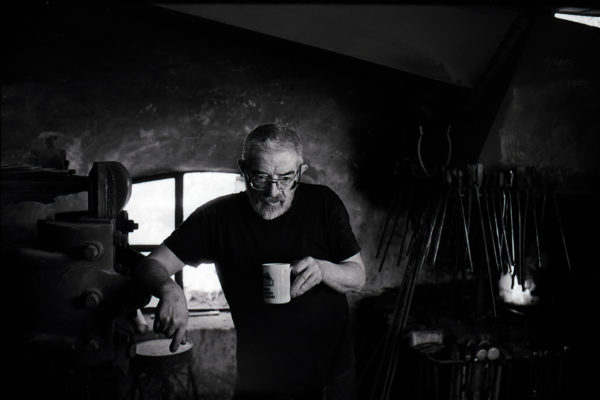



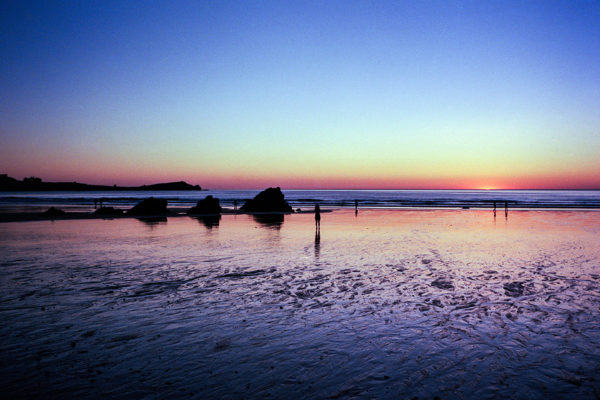
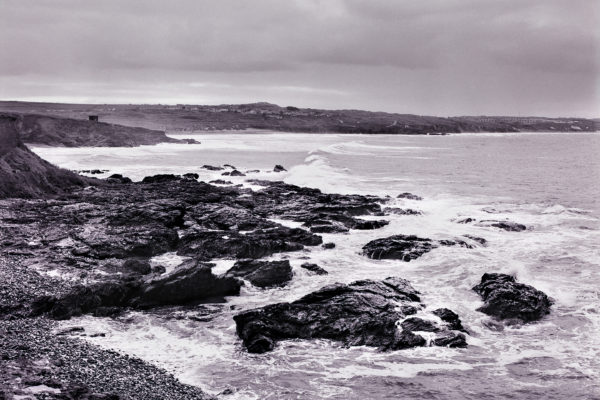
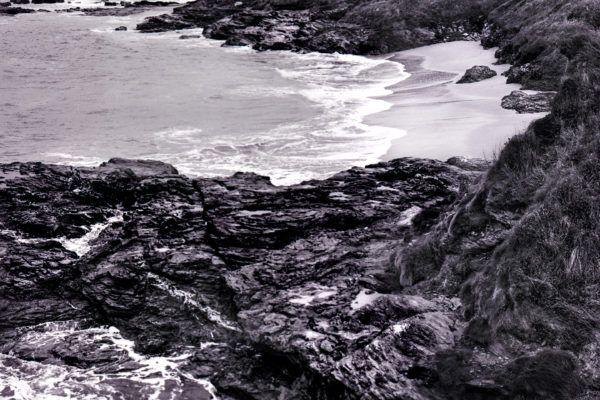
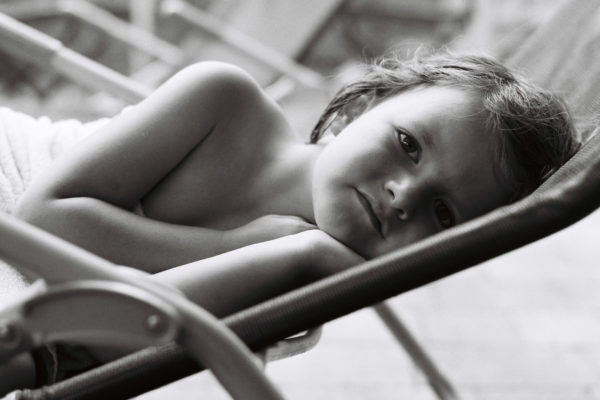
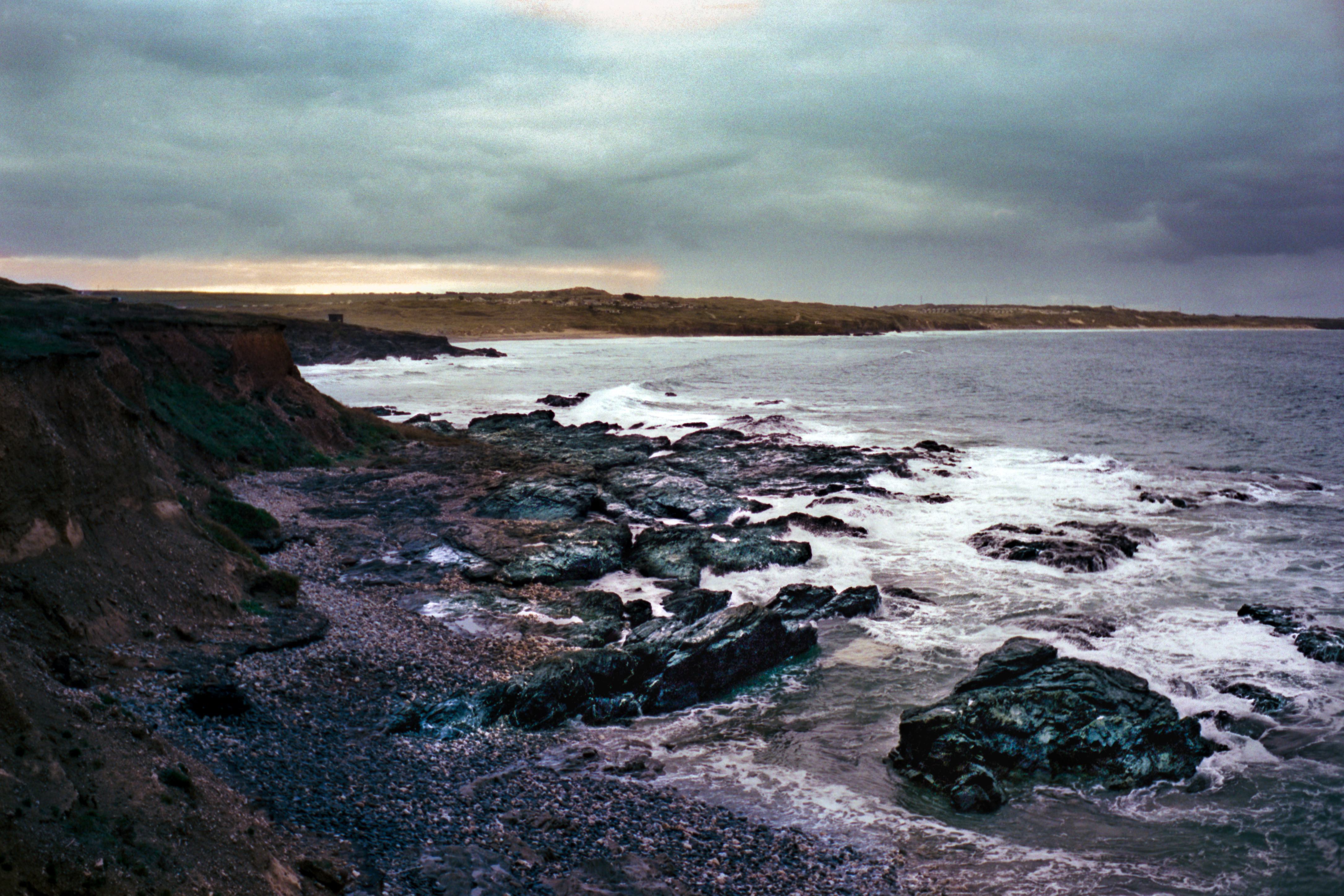



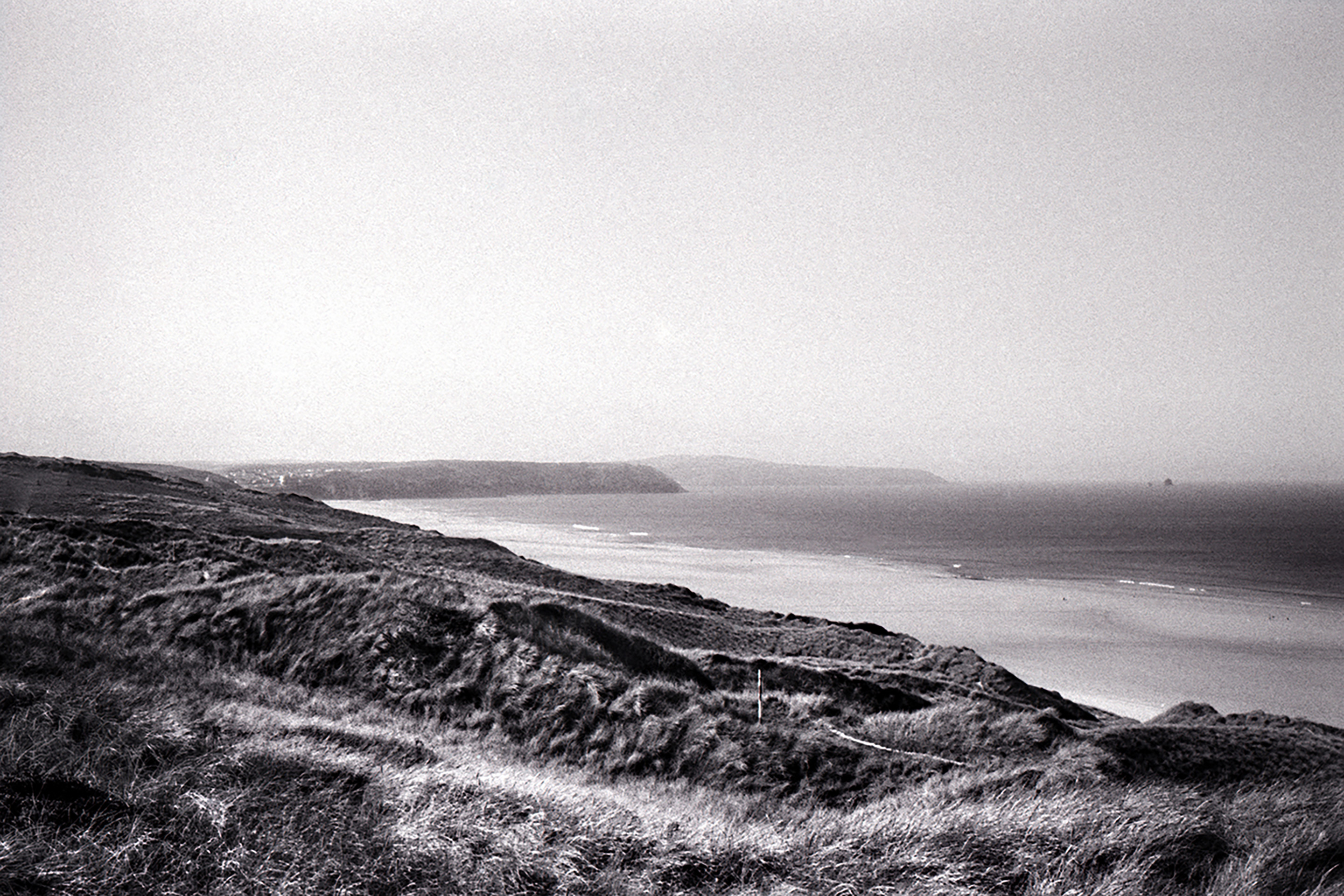
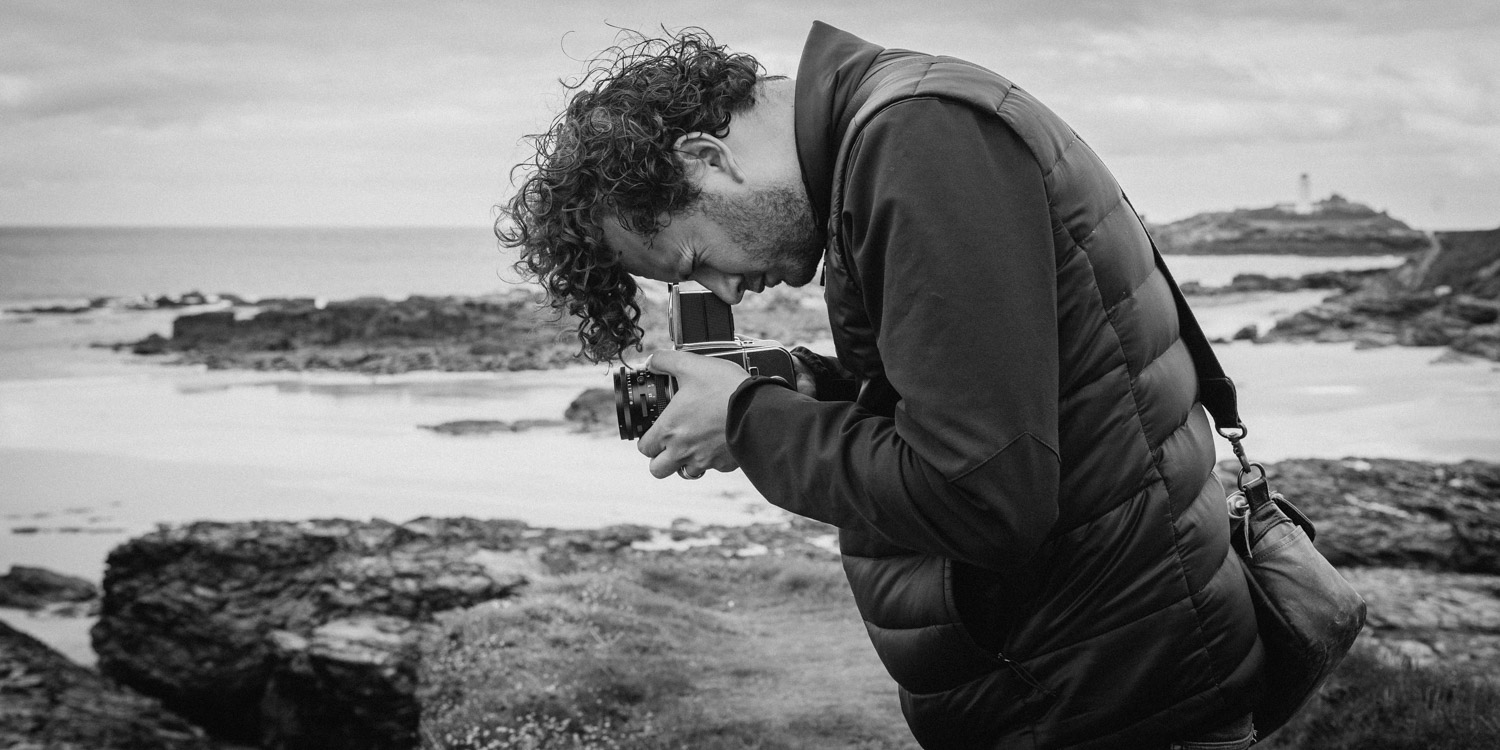
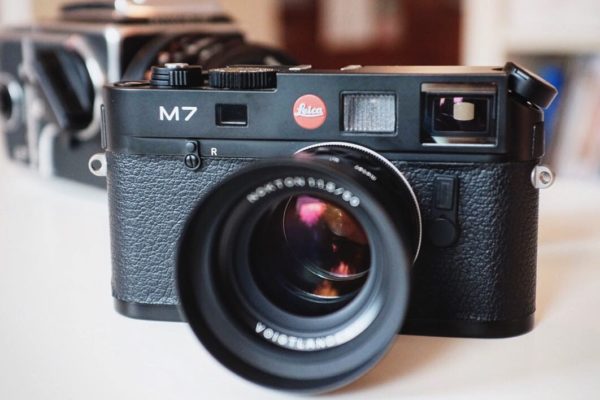
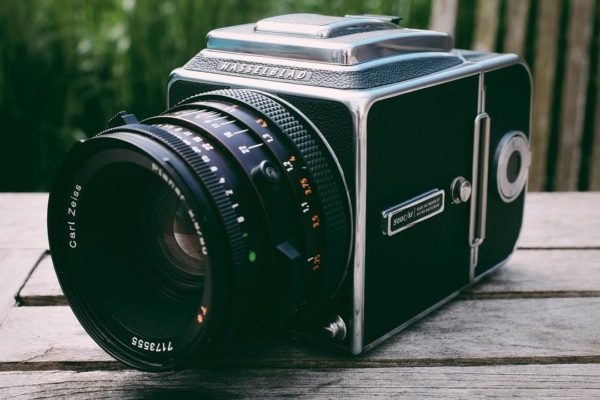



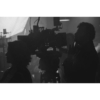


Thanks so much for taking the time to write this. As someone who just recently rediscovered my love for analog film, I couldn’t agree more.
Thanks you, Sir!
as a leica m7 shooter and a film fanatic I couldn’t agree more. I love digital too, but film – and the process of shooting that comes with it- makes you slow down and take the world in. It makes you appreciate life more, as you search for little definitive moments. I LOVE film.
Nothing to add. It’s simply special.
This is very nice! Thanks for sharing your experience. Keep it up!
It is often heard nowadays of photographers going back to or newly discovering the wonder of film, yet nothing about the other side of the magic darkroom – silver halide prints. Seems like just going half way there.
I’m a painter, photog and economist. Took a sabbatical for one year. Left the island and went to germany to learn the language. Next, moved to Stuttgart to ‘learn’ photography. I had already mastered Graphic Design, computers and DSLRS. My (old) master teacher was all analog. Spent 6 months in the Dunkelkammer developing Tri-X and re-learning about photography. You’re so right, Sebastian. Film is so much better and very demanding, which makes you improve your skills, taking you to another level. I’m selling my Canon stuff and going Fuji X-T2, which is the closer I’ve found to analog. This because in Mallorca is really difficult to shoot and develop film (unfortunately wastes a LOT of water).
we are using the same cameras with the same mentality and doing the same job … I´ll try to work together in some project ….
Great paper. I shoot 35mm and MF. I still have a DR. I shoot with Leica IIIc (love it), Pentax K1000, Minolta SRT-101 and Voigtlander Bessa R with genuine lenses. For MF, Mamiya C220 6×6, Braun Norca Super 6×9 and Ensign Selfix 6×4.5. There’s no better media thant film for B&W.
The sensor in a “digital camera” is actually an analog device. The signal it captures is converted into digital by the A/D converter contained in the camera.This is exactly how a scanner works when you scan film, except instead of scanning a neg or slide, you are scanning the scene in front of you. The reason I bring this up is because a lot of people like to toss the phrase “analog photography” around to sound cool or neat however a “digital camera” is as analog as film photography when it comes to 2017. Everybody scans their film except for weirdos who develop B&W in their basement and never show the world. If anything, “digital photography” is more pure than film photography since you are taking a direct image of what is in front of you rather than capturing it on film, developing it in chemicals, then taking a picture of it with a scanner and then converting it to digital.
As usual, at least one hating digi kid had to appear….
I shoot both. Digital for production. Digital is so easy anyone can do it. No challenge. Even iphone pics are fantastic. All my personal work is analog. As far as the darkroom, I personally feel that that is just as important for the photographer to process his own as an extension of his/her vision. Digital is computational where much of the credit for those fantastically clinical pics should go to the developers of photoshop, lightroom, etc. As far as your comment about folks who work in the darkroom; you don’t get out much do you?
I was not interested in gear when I fall in love with pictures.
A old Stern Magazine started my journey and cameras were
my chosen „tools“ to catch time and share it as a treasure.
The basics of photography didn’t change just the technics
all around us they had a great influence „how“ we take photos.
From a 4×5“ field camera to a smartphone there are multiple ways
to get a picture but there are big differences between the workflows
and of course the results.
Take whatever works with your creativity!
After almost 35 years taking pictures I run into a old Mamiya Universal 23
Camera for my portrait work and love „the pictures“ !
Well, personally speaking for myself (and I suspect many others) I gave up the lazy way of shooting digital. It separates me from my work, forever chimping at the screen, shooting for the sake of it, and missing the world in front of me. Conversely, when I shoot film, I’m 100% entirely in the moment, I am not looking at screens, which serve as a barrier between me and my subject, I’m focussing on the work in front of me, the person or subject I’m capturing, I’m not tempted to look at the screen and miss the world flowing in front of me, missing potentially vital moments, which is important for me as a documentary photographer.
Yes, we scan our images, but if hardware and the like dies, a hard-drive goes for dead etc, I’ve got all of my negatives in a file system. I saw a photographer, in a very bad chain of bad luck, lose all his images on his photo desktop, and he had a bag containing his external hard drives stolen. He lost ‘everything’. Me? Nope, I’ve got it all in physical form in a set of negative books in a filing system. No one is going to bother stealing them because, hey, you can’t sell those on, hard drives they can.
As for developing your own work making you a weirdo? How old are you? That’s quite an ill informed and infantile comment to make. Digital is no more pure than film, and vice versa. They’re just different, that’s all. But it might pay for you to open your eyes, because there is a growing number of people, especially young people, picking up film photography because they’ve fallen in love with the look and feel of it. I mean, I’ve seen all the documentaries recently and in one, a group of about 30 young to middle aged people were interviewed about why they’ve pick up film 35mm, medium format and large format photography and they all said the same thing “every time I looked at images online, the ones I liked the most turned out to be taken on film and I was always trying to replicate it with digital, but I just couldn’t, so I switched to film”.
Sorry mate, but film just has a look digital can’t replicate. Film DOES slow you down, make you take a more considered approach to your work, rather than just snapping a shot, chimping at the screen and being like “ohhh nah try again” snap…try again, snap……I’ll take another …snap. I see people do it all the time with digital.
I personally have a 50/50 hybrid workflow – digital/film, but, and I say this with absolute certainty, I don’t really mind if I gave up digital, I’m pretty much “merrrr” neither here nor there about digital – I have it, I shoot it, but I don’t have any sentimentality toward it, but I’ll never be giving up film again out of choice, I’d never stop shooting film because I just prefer it that much more. Make what you will of that.
Enjoy your photography.
“”If anything, “digital photography” is more pure than film””, are you serious.? There is “nothing pure” or genuine in relation to Digital Photography, which is in reality , a Video still.! The Digital image is far more subject to corruption, between the sensor & storage medium, as compared with the process in Chemical emulsion Photography. And, even the most expensive
Digital Cameras struggle with extremes in Contrast. A Digital Camera may compensate ,, but it’s “Not what the eye truly sees”.
Remember, emulsion film photography is “NOT Analog” it’s a Chemical Process not requiring coded signals; it’s Not Analog.!
The very advantage, Digital has in Animation & Special Effects , is testament ; in the way Digital is so very easily contrived and manipulated in the Camera & in Post in this digital age; there is “nothing pure or genuine” with Digital Photography images.
[…] their Five Steps on Getting into Analog Cameras. Also many “modern” professionals are switching back to analog. So things don’t look as grim as they used to for analog photography. I almost feel confident […]
film turds with their hipster coffee LOL
Well. My point is on the delay. If you write a poem, there is no method to say if it is good or bad. But, when you wait for tomorrow, the new day has lighted up uour brains and the stuffyou wrote -and it is easy to make evaluation of the job done. That is what lacks on the nowfastnow-photography. You just cannot say after three seconds is the pic good or bad. And there is another reason for that too: when you check your just taken shots, I still are on the shooting mode, and you are not looking the pic, you are looking the scene as it is. So you cannot put yourself out of it, you cannot make yourself outsider, picture looker. But tomorrow you can, but still -I know This fact too: Henri Cartier-Bresson was bad on saying which of the his photos are worth it and which not. It is best that some trusty other does that job.
And my last word: digi-highlights suck.
great article sir thank you. which one do you Choose between these cameras(yachica gsn 35 /olympus om10/fujica -ax5 ) for street photography??? thank you please answer to me !
I very recently picked up a Pentax Spotmatic F and a couple of prime lenses. I’ve now made it through 3 rolls of film, 1 black & white, 2 in color. The number of “ah hah” moments that I’ve had since shooting this way have been countless. I love your suggestions to take just a simple setup of a camera, prime lens, and a couple rolls of film. I couldn’t agree more about how great this is for making you think outside of the box!